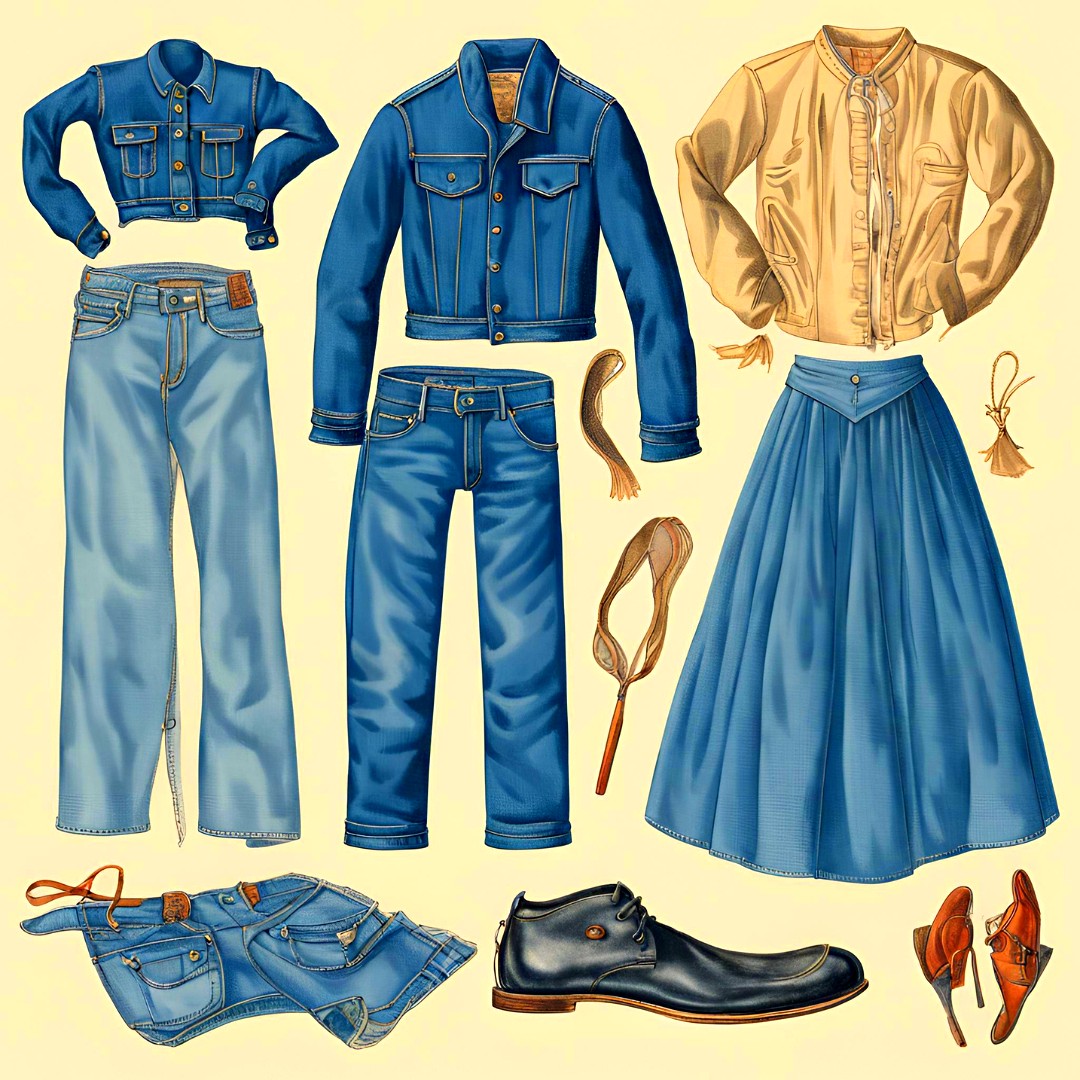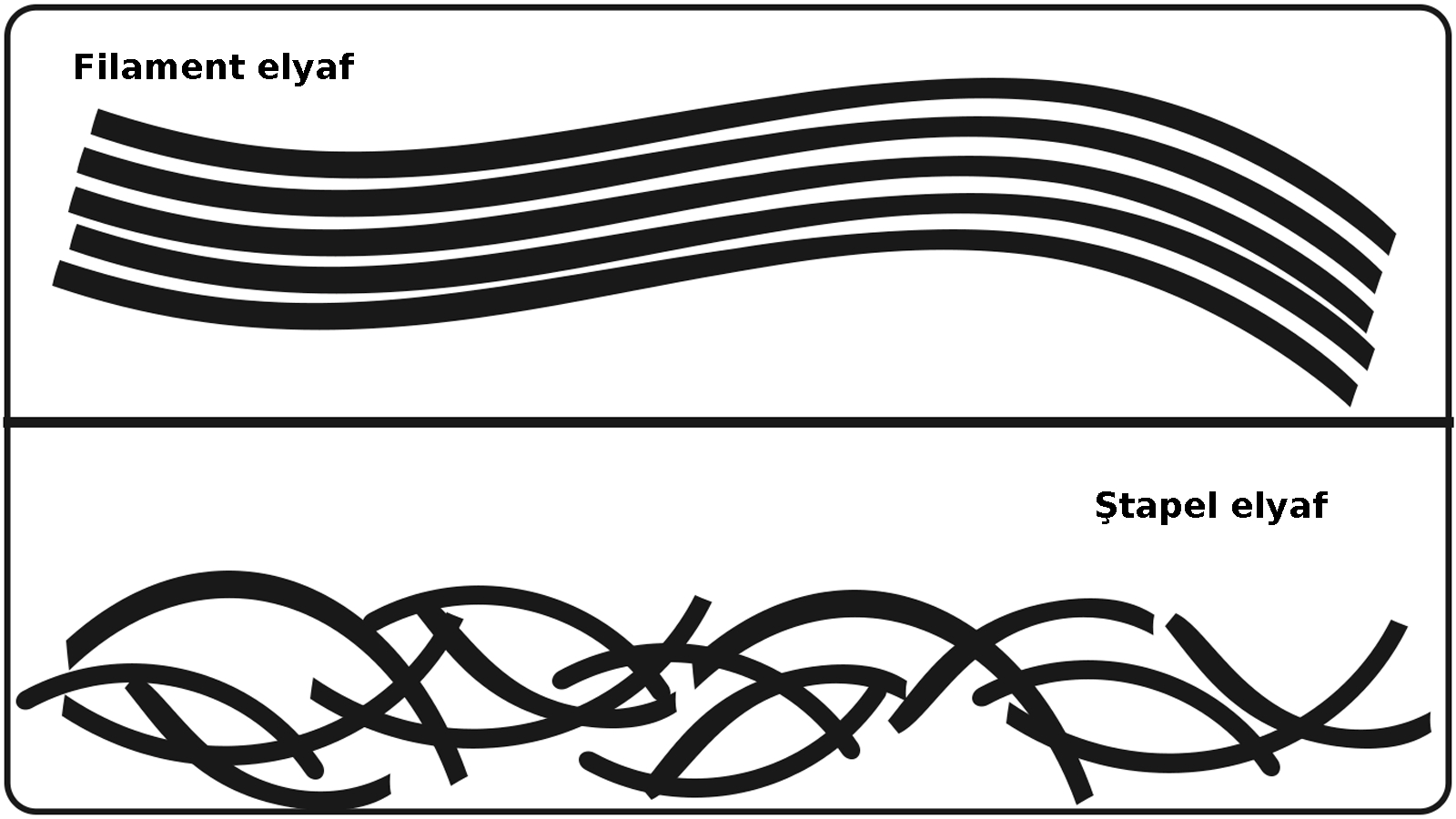Ply Yarn, Yarn Plying
22:40
0 comments
Ply, plied, or folded yarn, is made by twisting two or more single yarns together, usually by combining singles twisted in one direction with a ply twist in the opposite direction. Ply yarns are composed of two or more single yarns twisted together. Two-ply yarn, for example, is composed of two single strands; three-ply yarn is composed of three single strands. All yarns are originally spun as single yarns, but for certain end uses, single yarns may be twisted together to produce a ply yarn. Most common are two-ply yarns, formed by twisting two single yarns together. The plying twist is in the opposite direction of the singles twist. That means most ply yarns will contain an “S” twist. Ply yarns are used where extra strength and evenness are required. When a yarn is plied, the ply can be indicated in the yarn number. A single yarn and a plied yarn may have the same effective yarn count, but the plied yarn would be made up of two singles yarns which are half the size of the final, total yarn count. For the English Cotton Count yarn numbering system, a singles yarn would be written with the count/1 while a doubles or plied yarn would be written with the size/2. For two yarns both equaling an Ne 24 yarn number, in which one yarn was a singles or un-plied and the second yarn was a doubles or 2-ply, the singles yarn would be written Ne 24/1 and the doubles yarn would be written Ne 48/2. These would be read out loud as 24 singles or 48 doubles. Remember that English Cotton Count is an indirect yarn numbering system, and so an Ne 48/1 yarn would be half the size of an Ne 24/1 yarn. Two Ne 48/1 yarns plied together would have an equivalent count to a Ne 24/1 yarn.
Single yarn is formed by twisting fibers or filaments in one direction. Ply yarn is made by combining singles twisted in one direction with a ply twist in the opposite direction. Twine, cord, or rope can be made with a cable twist, each twist in the opposite direction of the preceding twist (S/Z/S or Z/S/Z), or with a hawser twist, the single yarns and the first ply twist in one direction and the second ply twist in the opposite direction (S/S/Z or Z/Z/S). The number of turns per unit of length in a yarn affects the appearance and durability of fabric made from that yarn. Yarns used for soft-surfaced fabrics have less twist than those used for smooth-surfaced fabrics. Yarns made into crepe fabrics have maximum twist.
-
İş sağlığı ve güvenliği için bazı işletmelerde pr ayakkabı kullanımı gereklidir. Ayakkabılarda rastladığımız "PR" terimi, İngiliz...
-
Ayakkabılarda doğru numara seçimi sağlık ve kullanım ömrü açısından önem arz eder. Kesirli Ayakkabı Numaraları Ne Anlama Geliyor? 🤔 Bazı a...
-
Mavi polycotton nevresim takımı. Polycotton , polyester ile pamuğu (cotton) karıştırarak elde edilen, her iki elyafın en iyi performans ...
-
Yeşil renk ve tonları, sarı ile mavi ışığın birleşmesi sonucu oluşur ve fotosentetik pigmentler nedeniyle bitki yapraklarında yaygın olarak ...
-
Kumaşın ön yüzünün ve arka yüzünün gösterimi. Kumaş yüzü (Alm. Stoffvorderseite, Fr. front de tissue, İng. fabric face; face of fab...
-
Rahat bir kullanım için ayağın genişliği ve uzunluğuna uygun ayakkabıyı seçmek son derece önemlidir. Ayakkabı Genişlik Terimleri: E, F, FX,...
-
Lif kısaltmaları tekstilde elbise üretiminin her aşamasında kullanılır. Tekstil, Kumaş, Lif ve Elyaf Kısaltmaları : Tekstil endüstrisi, lif...
-
İngilizce renkler. İngilizcede renk kelimesi Amerikan İngilizcesinde "color", İngilizce İngilizcesinde "colour" olarak ...
-
Şali kumaş bayrak. Şali , tiftik iplikten dokunmuş ince bir kumaş türüdür. Kaba ve seyrek dokunanları genelde bayrak yapımında kullanılmış...
-
Parlement mavisi rengi, denizin hava kararırken aldığı renk olarak tanımlanabilecek mavidir. Parlement mavisi, orijinal olarak lapis lazul...
-
Türk tekstil ve hazır giyim sektörü: yerli markaların yükselişi. Türkiye'nin lokomotif sektörlerinden biri olan tekstil ve hazır giyim...
-
Akrilik elyaf, iyi yalıtım özelliğine sahip olmasıyla öne çıkan sentetik bir lif türüdür. Akrilik Elyaf: Tanım ve Özellikler Akrilik, ( Alm....
-
Kumaş numunesi. 1) Yapılarına göre (nasıl yapıldıysa o ismi alır) a) Dokunmamış kumaşlar - Nonwoven , keçeler, kağıt telalar, elyaf, vi...
-
Ünlü Türk modacı ve tasarımcılarının kreasyonları artık dünya moda başkentlerinde sergileniyor. Türkiye'de tekstil ve moda sektörünü...
-
Farklı renk ve türdeki kumaş çeşitleri. Kumaş, ipliklerin, çeşitli yöntemlerle bir araya getirilerek oluşturduğu kaplayıcı yüzeylerd...
-
Türk ayakkabı markaları, yerli ham maddeyi mükemmel işçilik ve estetik tasarımlarla birleştiriyor. Türk malı ayakkabı ürünler, kalitesi ve e...
-
Dünyanın en meşhur modacıları. Dünyaca ünlü modacılar Her sezon önce podyumları sonra da vitrinleri süsleyen özel koleksiyonların arkas...
-
Lif kısaltmaları tekstilde elbise üretiminin her aşamasında kullanılır. Tekstil, Kumaş, Lif ve Elyaf Kısaltmaları : Tekstil endüstrisi, lif...
-
Naylon olarak da bilinen polyamid kumaşlar sentetik kökenli bir kumaş türüdür. Polyamid ya da naylon (Alm. Polyamidfaser, Fr. fibre ...
-
Tekstil ürünlerinin etiketlerinde yıkama, kurutma ve ütüleme ile ilgili semboller bulunur. Tekstil Ürünleri için Tavsiye Edilen Yıkama Tali...




















































































































0 yorum:
Yorum Gönder
Merhaba, daha kaliteli bir site için yorumlarınızı bekliyoruz.